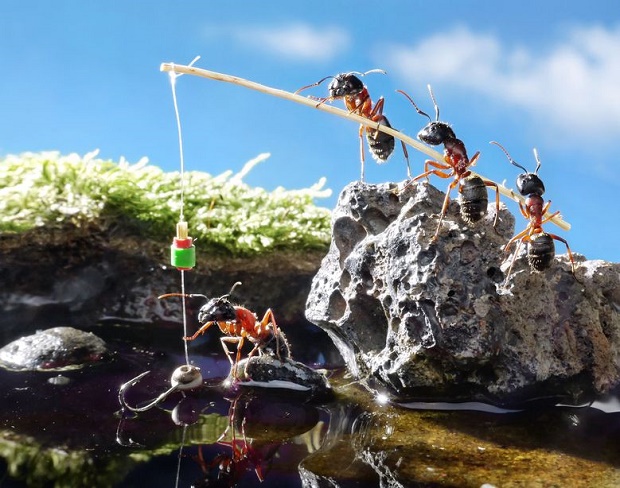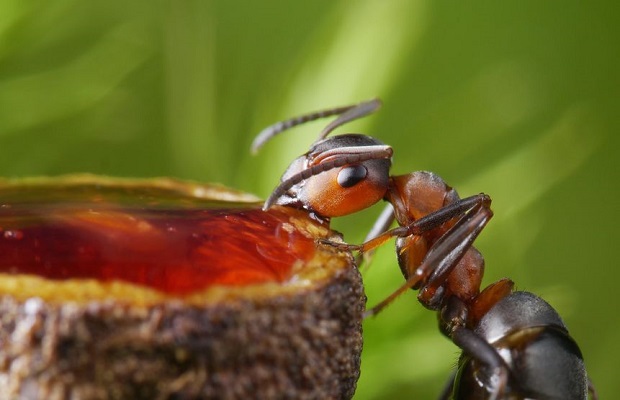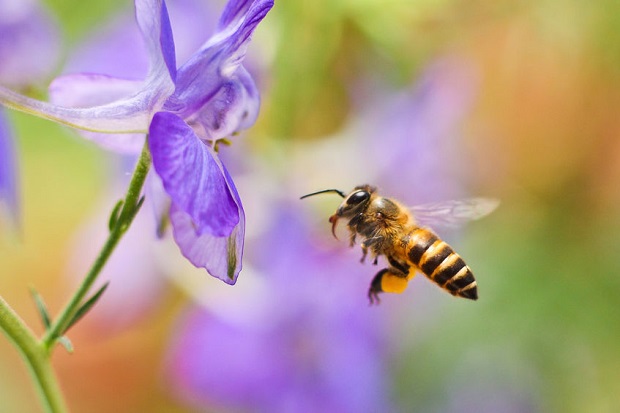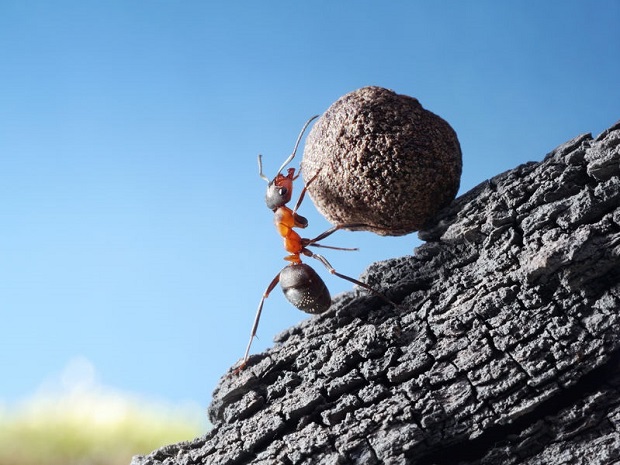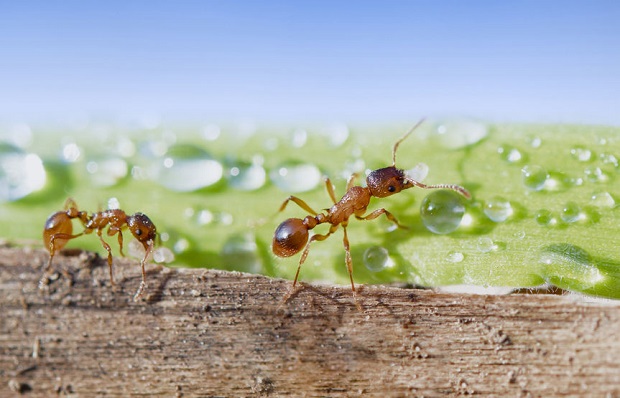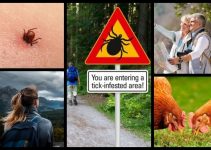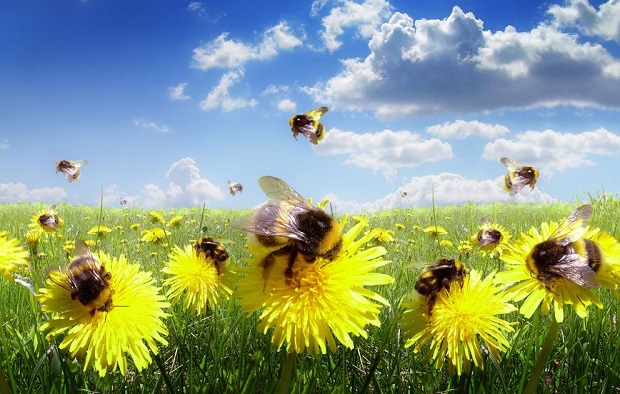
The old saying about a solitary bee rarely stinging a human being if left alone remains true. A honeybee worker, for example, away from the hive, will rarely look to sting a human while foraging for nectar, pollen, and/or water.
However, if/when that bee is swatted at or roughly handled, it can become aggressive. It’s difficult for kids and parents to ignore wasps or honeybees as they fly around the picnic blanket, theme park restaurant table, and so on. But this simple tactic remains the best approach.
Protecting the Hive
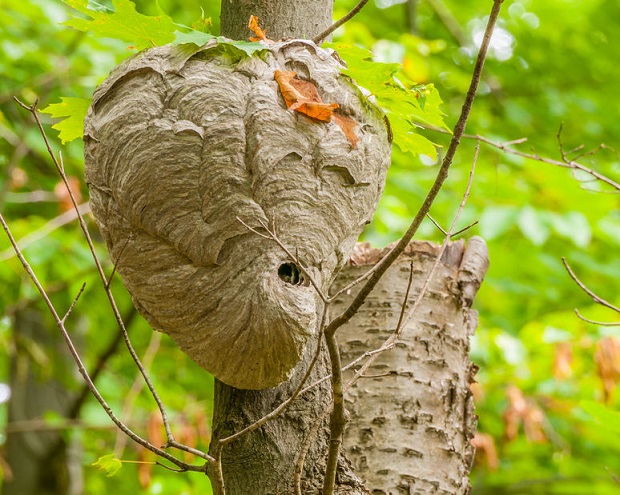
When something or someone ventures close to the treasured, honey-filled hive, bee sting attacks become a much more likely event. Over the centuries, bees of all stripes have become accustomed to protecting their hives from human and animal intruders. Many of the most egregious bee attacks on humans are caused when a person or person(s) inadvertently stumbles into an area where a hive is located or accidentally disrupts one that is underground.
Avoiding Actions That Encourage Large Scale Bee Attacks
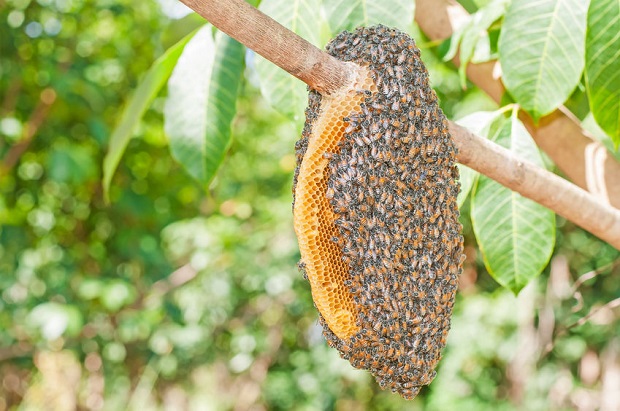
When a bee stings, it releases an attack pheromone to alert other bees to impending danger. Nearby bees will rush to the sting site to protect the colony. If you are close to the hive, the outcome could result in mass envenomation; the term used to describe a bee attack when a person is stung many times within a short amount of time. Though not common, mass envenomation could be fatal depending on the health and weight of the victim in relation to how many times stung. The toxic threshold for bee stings is estimated at just under nine stings per single pound of human body weight. So, for example, if a person weighing 100 pounds was stung by 900 or more bees—an obviously rare and catastrophic occurrence—their life could be put in immediate danger. It also means that small children are at a much higher risk.
If you have been stung by a bee, it is best to leave the area immediately. Retreat indoors to remove the stinger and wash the sting site.
Reducing the Risk of Bee Stings
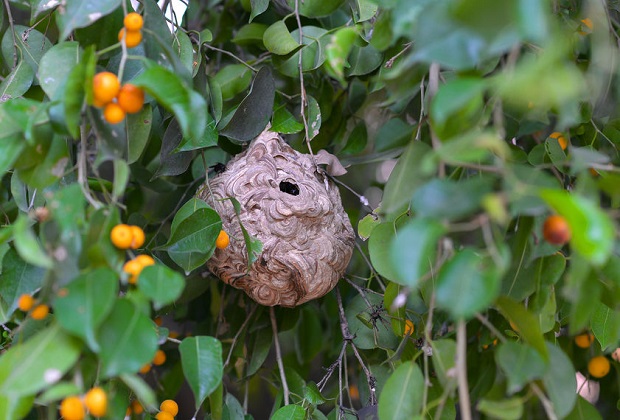
There are several ways you can reduce the risk of bee stings while enjoying the great outdoors. The first is to be aware of your surroundings, especially where bees are likely to build nests. Watch for bees flying in and out of hidden places such as cracks in walls, hollows of trees, and shrubs. Be very careful of a possible nest in the ground that could be disturbed by inadvertently stepping on it or running a lawnmower over it. If there is bee activity, there is likely a nest.
Take note of bees that are bothering you. Generally, a bee will go about its business, but it will first attempt to warn you away if you are close to its nest. Don’t swat at it, as this could encourage a sting. Simply remove yourself from the situation.
Resources
United States Department of Agriculture – “Bee Stings – The Evolution of the Honey Bee’s Defense”
University of California Agriculture and Pest Management Services –
“About Bee and Wasp Stings”
